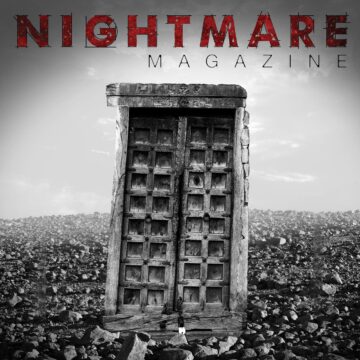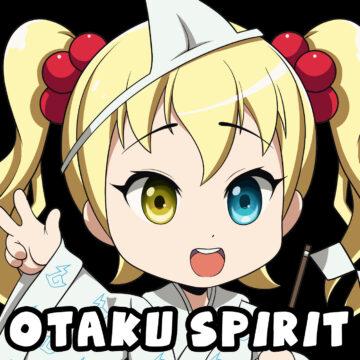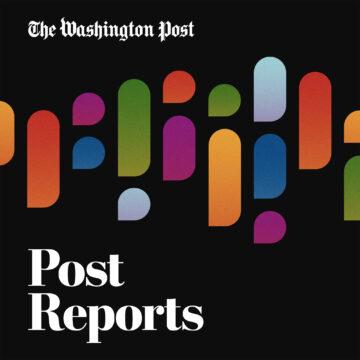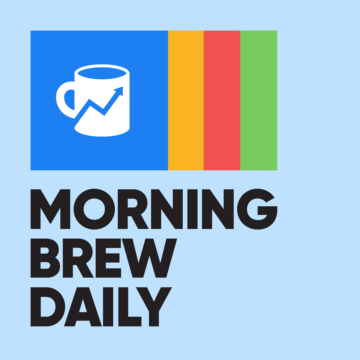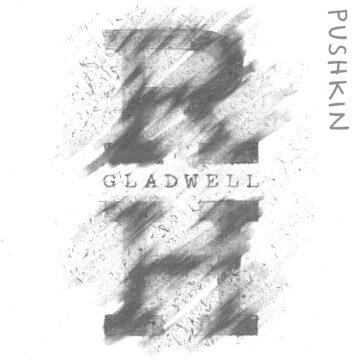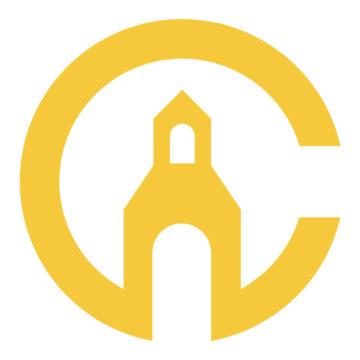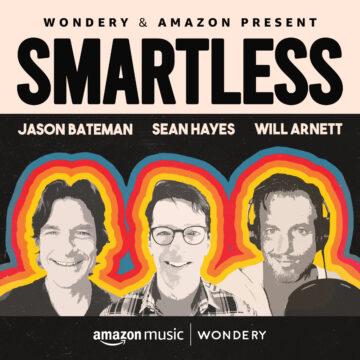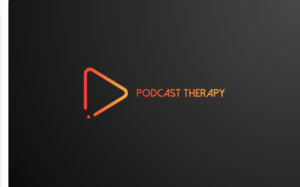This is an episode that first aired in 2018 and then again in the thick of the pandemic in 2020. Why? Because though Horseshoe crabs are not much to look at, beneath their unassuming catcher’s-mitt shell, they harbor a half-billion-year-old secret: a superpower that helped them outlive the dinosaurs, survive all the Earth’s mass extinctions, and was essential in the development of the COVID vaccines. And what is that secret superpower? Their blood. Their baby blue blood. And it’s so miraculous that for decades, it hasn’t just been saving their butts, it’s been saving ours too.
But that all might be about to change.
Follow us as we follow these ancient critters – from a raunchy beach orgy to a marine blood drive to the most secluded waterslide – and learn a thing or two from them about how much we depend on nature and how much it depends on us.
Radiolab is supported by listeners like you. Support Radiolab by becoming a member of The Lab (https://members.radiolab.org/) today.
Our newsletter comes out every Wednesday. It includes short essays, recommendations, and details about special events. Sign up (https://radiolab.org/newsletter)!
Follow our show on Instagram, Twitter and Facebook @radiolab, and share your thoughts with us by emailing radiolab@wnyc.org.
And, by the way, Radiolab is looking for a remote intern! If you happen to be a creative, science-obsessed nerd who is interested in learning how to make longform radio… Apply! We would LOVE to work with you. You can find more info at wnyc.org/careers.
Citations:
Alexis Madrigal, “The Blood Harvest” in The Atlantic, and Sarah Zhang’s recent follow up in The Atlantic, “The Last Days of the Blue Blood Harvest”
Deborah Cramer, The Narrow Edge
Deborah Cramer, “Inside the Biomedical Revolution to Save Horseshoe Crabs” in Audubon Magazine
Richard Fortey, Horseshoe Crabs and Velvet Worms
Ian Frazier, “Blue Bloods” in The New Yorker
Lulu Miller’s short story, “Me and Jane” in Catapult Magazine
Jerry Gault, “The Most Noble Fishing There Is” in Charles River’s Eureka Magazine
or check out Glenn Gauvry’s horseshoe crab research database

